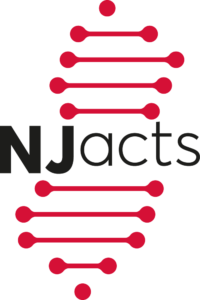 Please read Dr. Roy’s article in the American Journal of Epidemiology titled, “The Future of Causal Inference.“
Please read Dr. Roy’s article in the American Journal of Epidemiology titled, “The Future of Causal Inference.“
Over the past few decades there have been major achievements in the development of causal inference theory and methods and in a range of applications. Foundational advancements in modern causal inference have come from diverse fields, including epidemiology, biostatistics, statistics, computer science, and economics. Seminal work by James Heckman, Judea Pearl, James Robins, Paul Rosenbaum, and Donald Rubin (among others) led to ground-breaking changes in how problems are approached and data are analyzed. For example, researchers who are well versed in causal inference ideas will typically take great care in defining the population of interest, specifying the target causal parameter(s), assessing identifying assumptions using subject matter knowledge (possibly with the help of directed acyclic graphs (DAGs)), designing the study to emulate a target trial, choosing efficient and robust estimators, and carrying out sensitivity analysis. In the past 40 years, novel approaches such as propensity scores, instrumental variables, mediation analysis, and methods for estimating optimal dynamic treatment regimens have been developed and are now commonly used by applied researchers to answer impactful questions. To read the full article.
The Future of Causal Inference. Mitra N, Roy J, Small D. Am J Epidemiol. 2022 Jun 28:kwac108. PMID: 35762132 DOI: 1093/aje/kwac108 Online ahead of print
